From the Mulsanne Straight of the Le Mans circuit, to the roaring streets of Monte Carlo, legends of Motorsport are forged from experience, grit and the sheer will to win. This blog is but a small overview of what these legends of motorsport have achieved.
Don't wanna be here? Send us removal request.
Text
Repurposing this blog soon.
This blog has been inactive for a while now, it's on this basis that I'd like to repurpose it. This doesn't mean that it's going to deviate too far from what it once was—I'll still be posting classic LM, Group B and F1 racers, but they'll be thrown into a random mix of objective political commentary, production car posts, certain sports commentary, etc. If these posts happen upon your dashboard and you don't like what you're seeing, feel free to unfollow. Thanks y'all.
5 notes
·
View notes
Photo
What a beauty.
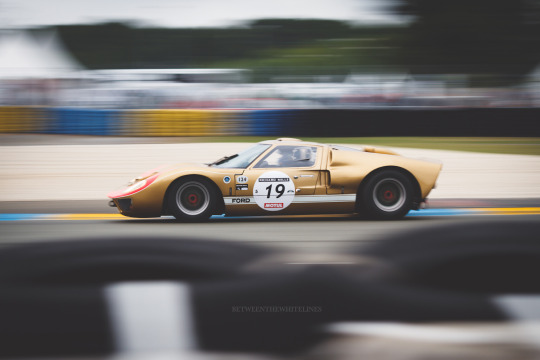
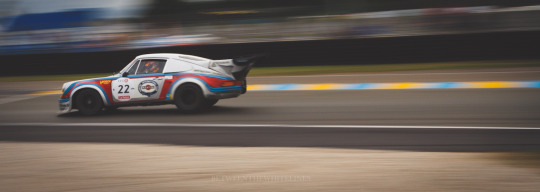
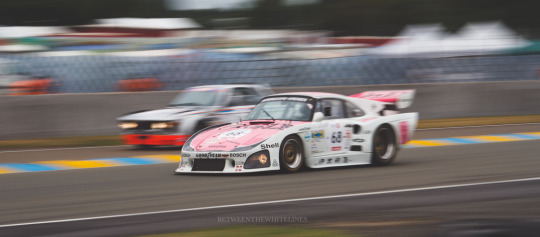


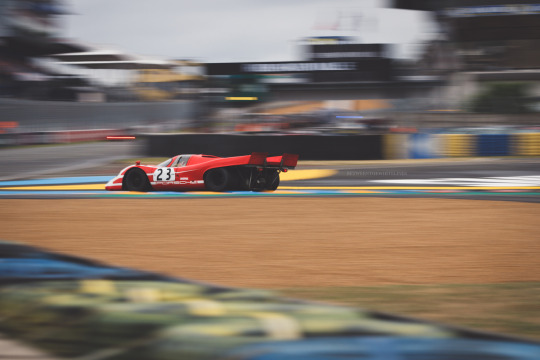
LeMans Classic In Motion // Part 2
2K notes
·
View notes
Photo
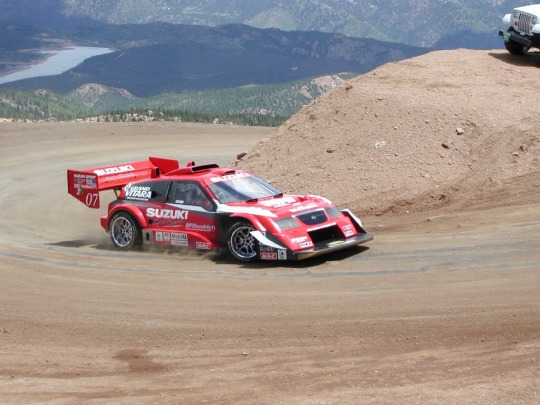
The monster whose winning twin-turbo v6 formula inspired both a worthy line of succession from Suzuki and a new generation of aero-focused Pike’s Peak racers. Good luck to everyone on the Peak today!
52 notes
·
View notes
Photo
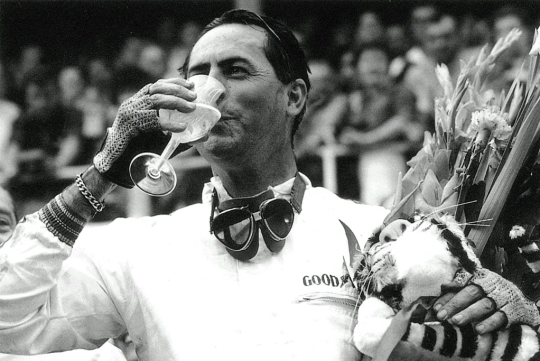
Rest In Peace, Sr. Jack Brabham
60 notes
·
View notes
Photo
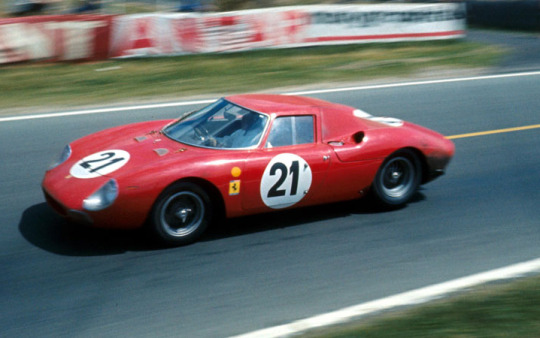
Ferrari 250 LM @ 1965 24 Hr. of Le Mans
42 notes
·
View notes
Text
Toyota's Fantastic WEC Performance
I don't think I stand alone in being totally surprised at Toyota's presently phenomenal WEC season; the manufacturer took the overall wins at Silverstone and Spa, dethroning both Porsche and Audi from the helm of WEC dominance. However, let's consider Toyota's bad luck at Le Mans, Audi's recent successes there and Porsche's determination to maintain historic dominance over the race before we draw any conclusions. The TS040 was definitely born out of the failures that bottle-necked previous projects. Both the TS020 and TS030 led at Le Mans before facing mechanical issues that forced them into second place. It is no surprise, then, that the TS040 is in good position to manage Toyota's first overall win at Le Mans. Audi and Porsche run very dissimilar prototypes, despite being part of the same Volkswagen Group. This will mark the first time that the two manufacturers battle it out at the Sarthe. One thing to consider is Porsche's historic dominance there, with 17 overall wins. However, this dominance is entirely historic. They haven't competed in the premier class since 1998; which was, coincidentally, when Audi had begun to compete at Le Mans (c. 1999). Audi's running the same R18 chassis; despite having a car finish 2nd at Spa, the manufacturer is currently 3rd, behind Porsche and Toyota in the manufacturer's championship. Porsche is running the new 919, which has performed very promisingly during the first two races; finishing second and third at Silverstone and 4th and 12th respectively at Spa. A 919 took pole position at Spa, the very same car finished 4th. Currently, the only certainty about Le Mans are as follows: —I will be attending the race (:D) —It will be an incredibly intense and close race —The Toyota's, taking history into account, and the fact that the TS040 has specs characteristic of a sprint-LMP car, will probably retire —Audi's experience and success there will make dethroning them a hard prospect —Porsche's determination and historic dominance at Le Mans will ultimately play a factor; the Manufacturer has not only made it a goal, but a mission.
6 notes
·
View notes
Text
In Memory of His Death
Ayrton Senna da Silva was a prolific Formula One driver whose often emphatic victories and consistently brilliant performances not only immortalized his name in the racing world, but created a legend that would change Formula One forever.
His career, spanning a ten-year length, was tragically cut short by an accident at the infamous 1994 San Marino Grand Prix. His death, whose anniversary is being commemorated today, came as a stunning shock to the racing world. Senna's death caused sweeping changes to Formula One regulations and even changed the safety philosophies of many premier racing organizations across the world.
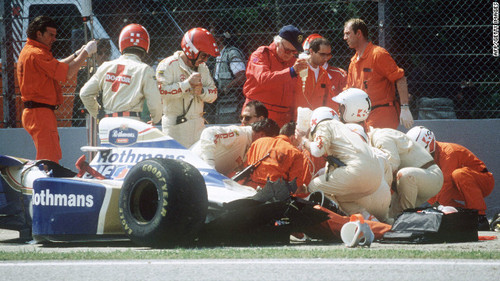
(Senna's being tended to on-site immediately following the crash)
Senna came from a wealthy family who readily funded his life-long ambition: racing. From a young age, Senna dedicated himself to this ambition, one that culminated in 1984, when then rookie Ayrton Senna got his first shot at Formula One racing with the small Toleman-Hart F1 team.

(Senna in the Toleman TG184, c. 1984)
In his debuting season, Senna achieved three podium finishes; an impressive feat seldom accomplished. Getting off to an incredibly impressive start, particularly with his famous performance at the 1984 Monaco Grand Prix, Senna was immediately approached with many offers. Ultimately, he chose the more experienced Lotus F1 Team, which already had championships under its belt.
With the more prepared and experienced team, Senna achieved his first win by the second race of the 1985 season with a dazzling performance at the 1985 Portuguese Grand Prix.
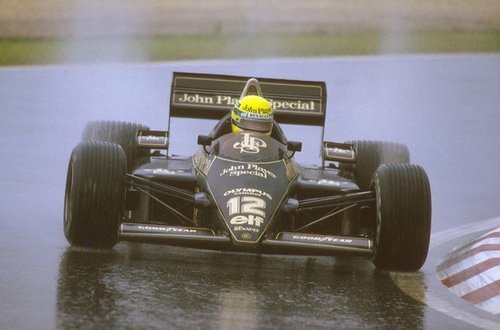
(Senna at the '85 Portuguese Grand Prix)
Following the momentous victory, there was no question in anybody's mind that Senna was going to be a fierce driver with championship contention in years to come.
With the Lotus F1 team, however, Senna was in no condition to win a championship; though consistently dishing out great performances, it was Lotus that failed Senna. After facing consistent technical problems, albeit managing several wins and podium positions, Senna left Lotus by 1988, coming closest to championship victory with them in '87 with a 3rd place finish at the end of the season.
With the McLaren Formula One team, Senna was in a great position for the Driver's championship in 1988; being partnered with respected World Champion Alain Prost proved to be the only downside of the deal, as friction between the two greats created a legendary rivalry. After a momentous 1988 season, wherein the two drivers competed fiercely for the world championship, Ayrton Senna finally achieved one of his foremost dreams: winning the Driver's Championship.

(Senna at the 1988 Monaco Grand Prix)
In the 1989 season, however, teammate Alain Prost narrowly took the driver's championship.
By 1990, the rivalry between Senna and Prost had grown so strong that Prost had abandoned the McLaren Formula One team, instead signing with the legendary Ferrari Formula One team.
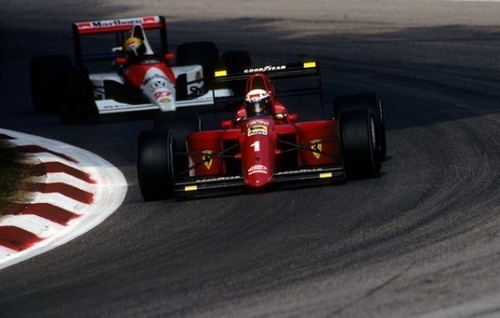
(Ayrton Senna chasing Alain Prost c. 1990)
After one of Senna's greatest season performances, he ultimately took the championship title in 1990.
1991 was a year dominated almost entirely by Senna and the McLaren F1 team; Senna took a victory or podium finish in all but four races in that season and he managed championship victory over Nigel Mansell by a wide margin.
The 1992 season was Senna's worst since his time with Lotus and Toleman, as he finished fourth in the driver's championship, being outperformed by then rookie Michael Schumacher for third place. Much to Senna's dismay, it was not his own failings that got him the bad finish.
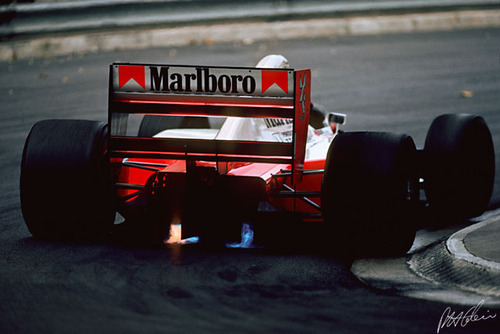
(Senna at the 1992 Monaco Grand Prix)
During the 1992 season, technical issues with Senna's car forced him to retire from seven different races. After the disappointing season, rumors about Senna abandoning McLaren were rampant, but he ultimately signed with them again in 1993.
The 1993 season resulted in a much closer finish for Senna, but the new Williams cars were incredibly technologically advanced, featuring such driver aids as Traction Control, Launch Control, Active Suspension and Automatic Drag Reduction systems (DRS today). Rival and former teammate Alain Prost took the championship that year.
Frustrated with his performance in the 1993 season, Senna signed with the Williams Formula One team; 1994 regulations banned the driver aids and technologies that had made the cars so dominant in 1993. This caused very unstable hadling for Senna's car, causing him to retire from the first two races of the season.
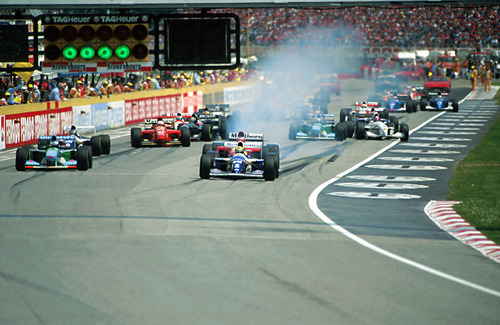
(Senna Leads in the first race of the '94 season, the Brazilian Grand Prix)
Then came the San Marino Grand Prix, which was a controversy in and of itself. Following the death of Roland Ratzenberger during qualifying, many began to argue for the race's cancellation. The race went on, and on the seventh lap of the race, Senna's car experienced a catastrophic suspension failure whose cause is still disputed today. His car veered off course at the Tamburello corner at 195MP/H and he hit the wall at 135MP/H.
He was airlifted to a hospital in Bologna, but was declared brain dead. He died after life support systems were disengaged.
Rest In Peace, Ayrton Senna Da Silva; 1960-1994.
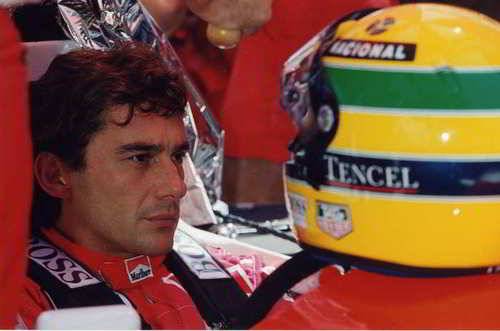
26 notes
·
View notes
Photo
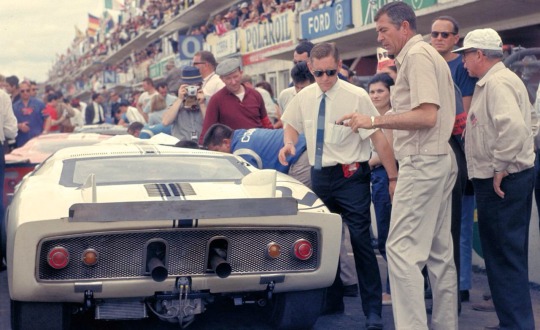
Carroll Shelby and the Mk.I GT40 at the 1965 24 Hours of Le Mans.
158 notes
·
View notes
Photo

Two '97 911 GT2s entering the first Mulsanne chicane at the 1997 24 Hours of Le Mans. Note the retro-lights and double-wings characteristic of Porsche race-cars of the era.
56 notes
·
View notes
Photo

Porsche 911 RSR @ 1973 IMSA 12hrs of Leguna Seca. Just kidding. My edit of a 2009 Monterey Reunion 911 RSR ('73).
9 notes
·
View notes
Photo
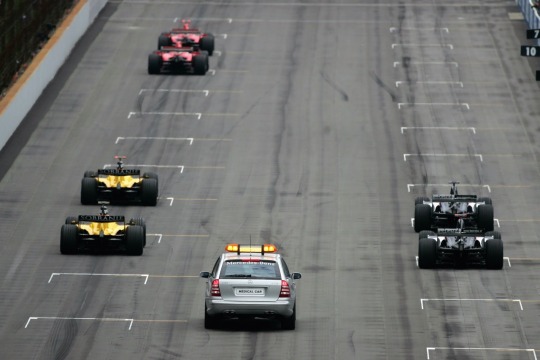
2005 USA Grand Prix starting grid.
182 notes
·
View notes
Photo

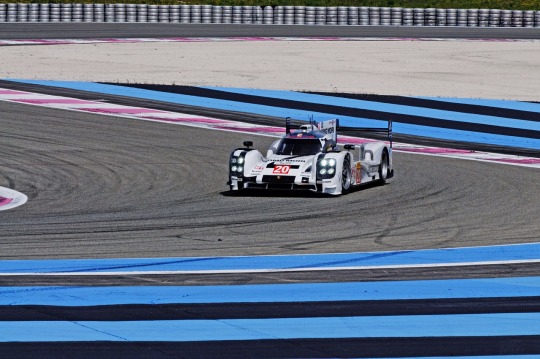
The WEC Prologue at Circuit Paul Richard has drawn to a close, with the Porsche 919 coming out on top at 1:41.289, against Audi’s fastest lap, a 1:43.017, according to NBC Sports. Porsche has a promising season ahead of them. Meanwhile, Toyota’s TS040s quietly remain in 4th, still a wildcard factor.
7 notes
·
View notes
Photo
Now this is a rare pic, I haven’t seen it in ages.
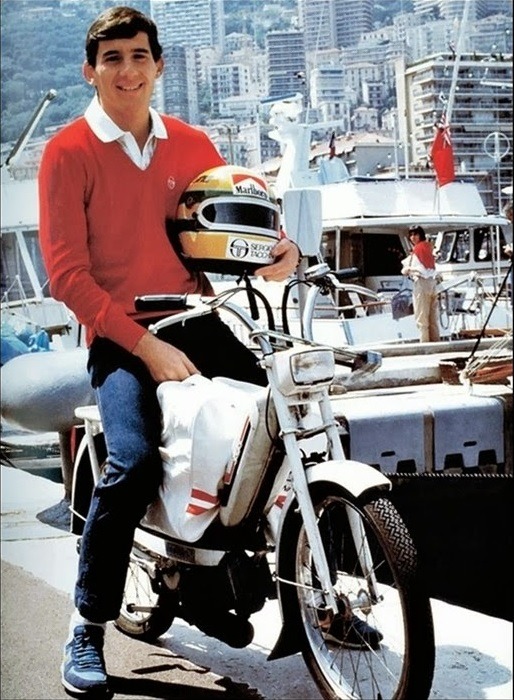
urban racer … Ayrton Senna, Candy Toleman-Hart TG184, 1984 Monaco Grand Prix
105 notes
·
View notes
Photo
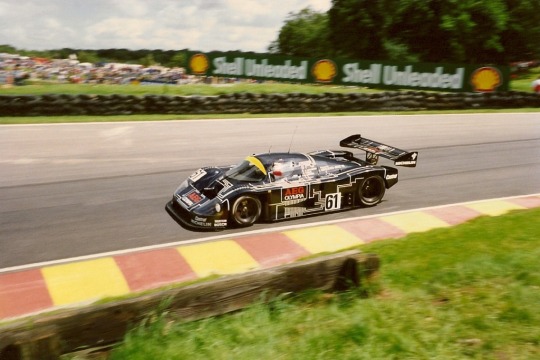
Sauber C9, 1988 1000km of Brands Hatch.
136 notes
·
View notes
Photo


This left Jacky Ickx's MK.II GT40, which started at the very end of the field after Ickx, protesting the Le Mans start, very slowly walked to the car and carefully strapped his safety harness on, chasing down the leading Porsche 908. Ultimately, the GT40 took its fourth consecutive and final win, being only four seconds ahead of the 908. Upon investigating the wreckage of Wolfe's accident, it was discovered that Wolfe hadn't put on his safety harness, probably to achieve a quick start. (2/2)
16 notes
·
View notes
Photo
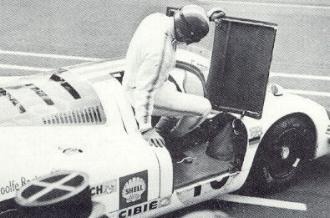
John Wolfe stepping into the first Porsche 917 raced in the 24 Hours of Le Mans. This particular image was taken at the 1969 24 Hours of Le Mans, where the Porsche 917 qualified in pole, foreshadowing the prolific success that would come for the freshly-designed Porsche. Tragically, however, Wolfe would lose his life at the wheel at that very race after a collision in the first lap. (1/2)
25 notes
·
View notes
Photo

Twin Sauber-Mercedes C9s at the 1989 24 Hours of Le Mans.
113 notes
·
View notes